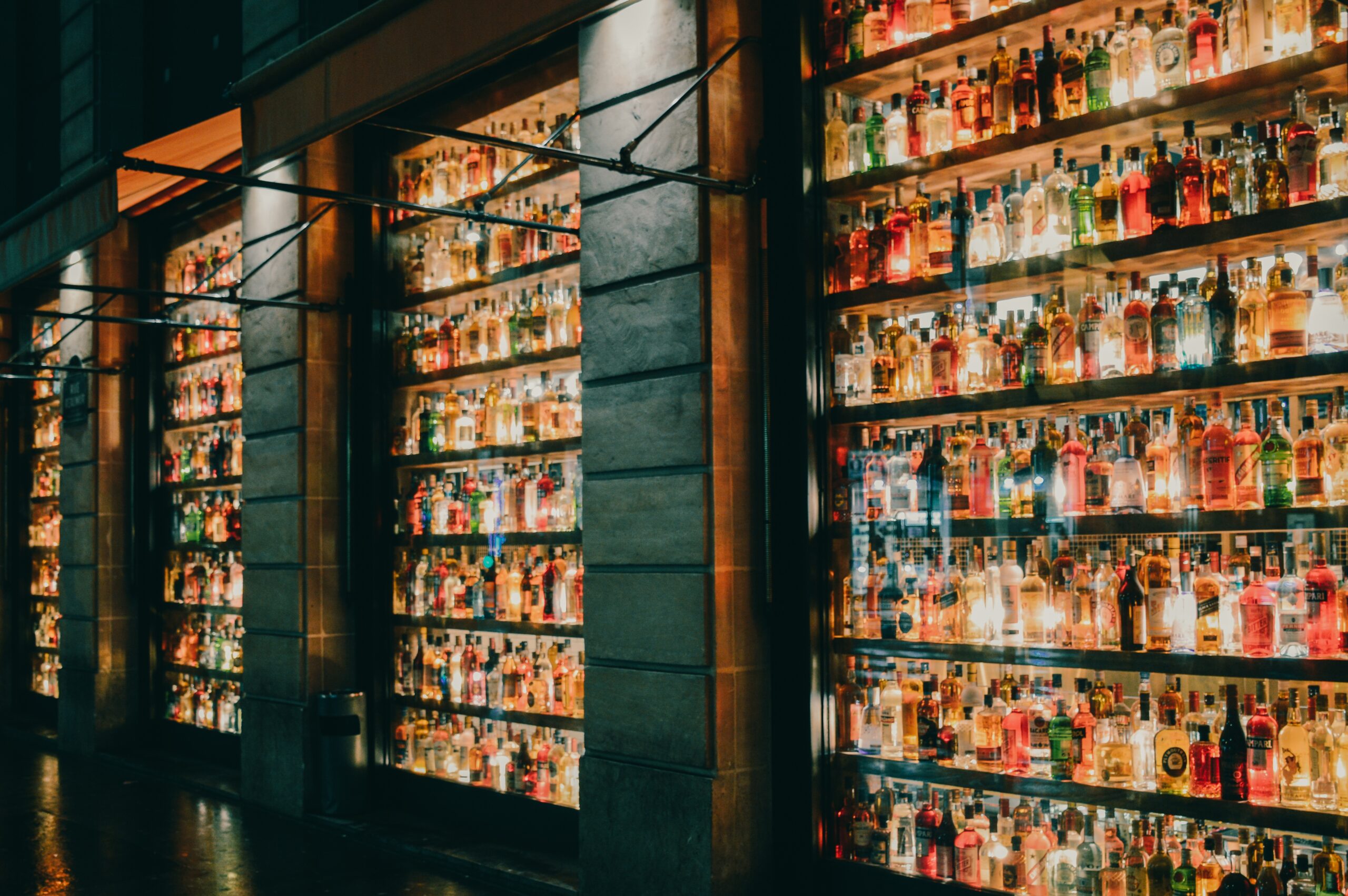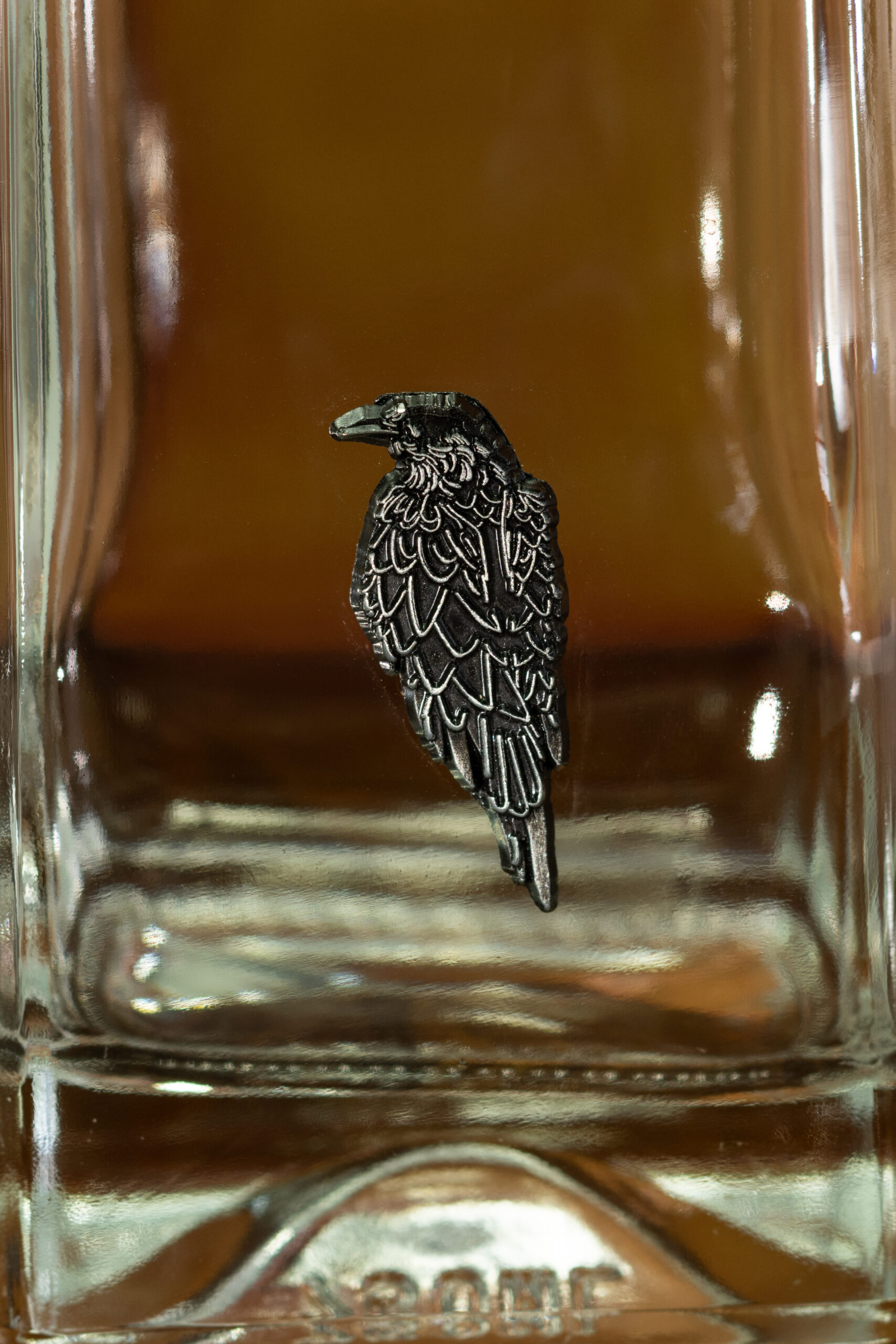Your packaging embodies your brand’s identity—from how effectively it showcases your spirits on the shelf or the bar to its role in safeguarding your products during shipment and enhancing the consumer experience. It’s your pledge to protect against loss and damage. It’s one of your first (and most powerful) opportunities to set expectations and spark anticipation.
Your packaging is both form and function, and every component must be in harmony—from design to delivery—to ensure a stellar final presentation and a seamless production process that culminates in the perfect package.
Let’s explore the aspects that are not “beyond the standard” but are the foundation of packaging success. That includes how designing brand identity through packaging can elevate your overall market position.

What is the “spirit” of your spirits?
Let’s begin with a question: What is the “spirit” of your spirits?
Impeccably traditional, potentially disruptive, tried-and-true quality, one-of-a-kind innovation? Intended for frequent enjoyment and sharing or rare celebrations? Is it to be collected and displayed as an exceptional experience, savored and treasured in tiny sips? Is it intended for the loyal and cost-conscious consumer who will purchase frequently because they trust your consistency?
Answering these questions guides the direction of your product development—bottle, label, closure, box, and more. This clarity enables decisions on the experience you wish to create and the budget you need to allocate for it, essential steps in creating a brand identity.
From Distillery to Shelf: A Guide to Enhancing Your Spirit’s Appeal
First: The Spirit. Tequila, whiskey, vodka, rum, gin, brandy, mezcal… Each category drives distinct consumer expectations. The clarity of flint glass bottles emphasizes the purity of vodka and reveals the richness of aged spirits like whiskey, while tinted glass bottles hint at the unconventional. Gin presented in a square and solid glass bottle entices a different consumer than mezcal in a tall and narrow ceramic one. Knowing “the standard” is the first step. Choosing to align or surprise is the next level. The choice of bottle and glass plays a significant role in designing brand identity, reflecting the essence of your spirits.
Second: The Senses. Your audience begins to experience your spirits with their eyes and with their hands before opening the bottle. Packaging establishes the sensory experience and expectation. Color alone can drive up to 90% of consumers’ purchasing decisions. The very texture of the bottle, label, and secondary packaging influences the perception of sweet and sour, smooth or sharp.
Third: The Situation. The context in which your spirits are consumed—on-premise vs. off-premise—demands different packaging considerations.
Packaging that delivers ease-of-use command in both sales markets would be wise to lean into designs that deliver functional closures, a bottle that fits well in the hand for pouring, and labeling that holds up to repeated handling.
Other decisions enhance the at-home experience by providing everything from an easy screw-top closure on a sturdy bottle to a custom-molded bar-top that sits atop a complex bottle enhanced with artistic decals or metallic embellishments. Specific aspects encourage a bartender to reach for and recommend the spirit, while others encourage collectability for the home investor.

Fourth: The Budget. Every spirit must create a package that enables its on-shelf offering to sit at the best price point for its brand. Every component, from capsule to carton, must align to keep the spirit’s presentation in line with the consumer’s price expectations and the creator’s margin.
Every vision can be realized as long as pricing goals are part of the design considerations from the start. Effective brand identity design considers pricing from the outset, ensuring the packaging meets all financial and aesthetic objectives.
These four pillars—the spirit, the sensory experience, the sales situation, and the budget—are the cornerstones of successful packaging design. The true magic lies in marrying vision with the expertise of professionals who understand how to blend these elements to enhance the aspects of your brand. Our team at Spearhead excels in designing brand identity through packaging, bringing all elements together to meet your goals on time and within budget.
